I have been as of lately, experimenting with trying to reduce vibration in my turntable. This has been a real interesting eye-opener in both sound quality and vibration in general. This is a very deep and intricate rabbit hole with many variables. It can be pretty fun and exciting to explore methods of improving how your turntable sounds, as there are many ways to address reducing vibration in your turntable, both cheap and expensive. I often try to find a cheaper way of fixing problems and would rather spend my time looking for an effective method rather than dropping a lot of cash on the problem.
Call me cheap…I guess I rather spend my money elsewhere but still get some benefits and improve sound quality.
The method I present doesn’t totally isolate the turntable from vibration, but it does greatly reduce the amount of vibration. More importantly, you can hear and see the results! There are better solutions available for reducing vibration or totally eliminating vibration, I am positive of that fact, but I want to share a cheaper method of reducing vibration for people who don’t want to spend crazy money to achieve results.
Do you have a better solution or recommendation? Leave a comment below sharing what you use. I would love to hear it.
Problems With Your Turntable Vibrating
Why do you need to eliminate or reduce vibration in your turntable?
There are a whole host of reasons why you need to get rid of vibration in your turntable.
- Stylus is skipping when walking around your turntable.
- Loud bass can cause records to skip during playback.
- Vibration can affect the sound playback from your turntable either drastically or subtly. Depending on your system reducing the amount of vibration can increase details during playback.
- A better sound emanating from your turntable.
I never really had problems with my stylus jumping around during playback or just walking around the turntable, I just wanted to have the best musical experience I could from my system. I’ve noticed more detail when playing my records and better sound quality as well.
I have noticed that the floorboards around where I have put my turntable and audio rack are quite squeaky when anyone walks over them. This is not optimal in the least, as this can translate to vibration picked up by the stylus.
Before You Start & After You Have Finished
Leveling a turntable is so paramount to getting the most out of your turntable. It has to be perfectly level to achieve the best sound it can give you. Most beginners skip this all-too-important step, so I thought I would mention it here, especially after you have altered your setup with any vibration damping.
How To Test For Vibration
A Glass Of Water
The cheapest method of testing for vibration is using a glass of water and watching the intensity of the concentric circles created. I personally don’t like this test as it is hard to determine the amount of transferred energy effectively and compare it as it is really hard to accurately gauge. I just thought I would include it for those really frugal people. I have heard it mentioned before, but it never really worked well for me.
Vibration Apps
These apps are free to download and work a lot better than a water test. These are very sensitive and can even register movement by just blowing on your smartphone.
This is a more definitive method than the glass of water by using a standard smartphone with a vibration app. This is what I use to test if I am actually reducing vibration or not. There are quite a few vibration apps available for download I will list the ones I use. Google Play Store has plenty to choose from as well.
Most of these apps measure in three linear movements, an X measurement, a Y measurement, and a Z measurement. X and Y denote the horizontal planes and height (or up and down movements) of the Z measurements. I have found the Z is the hardest to reduce.
This makes it super easy to test out vibration and your efforts at trying to dampen or get rid of vibration. I often put my phone on a surface and then simply tap my finger on the surface holding the phone. I then note the amount of readout displayed on my phone from the vibration app. Then I put my phone on top of whatever I have tried to isolate from vibration (in this case, a turntable). Then I tap on the surface I originally tapped that is holding the turntable. I then can either see improvement or not. A simple procedure to see if it works at reducing vibration.
I haven’t found anything yet that totally eliminates all vibration 100% completely, but I have found methods that reduce it quite considerably.
A Platform, Vibrapod Isolators, & Squash Balls
The method I used was purchasing an Ikea Aptitlig cutting board, Vibrapod Isolators, and Squash Balls. That’s my Vibration control!
It’s pretty simple to assemble and doesn’t cost that much, either. The Squash Balls fit inside the Vibrapods and the cutting boards sit on top of the Squash balls. But most importantly, it definitely reduces vibration. As I have tested many times with a vibration app.
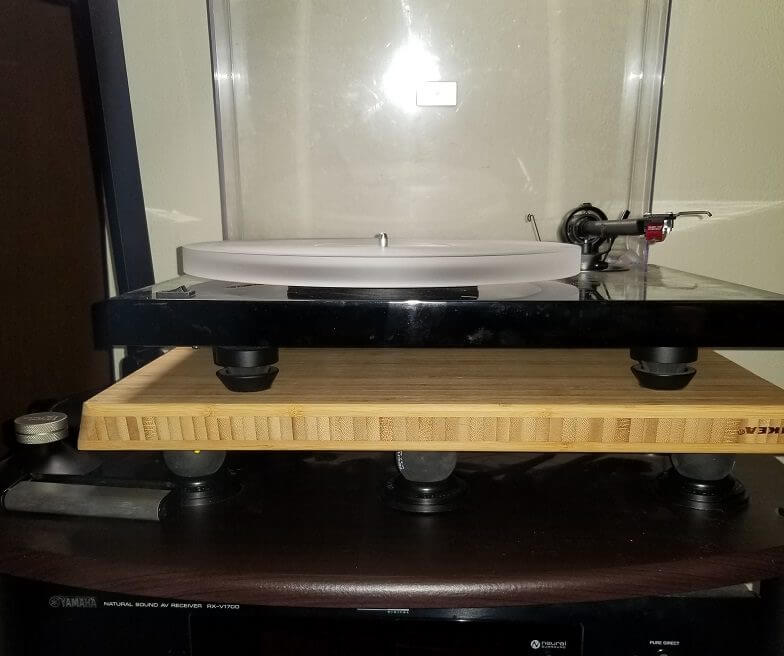
As seen in the video above, I don’t totally remove all the vibration, but I do reduce it, and that, for me, is a win.
Platform
There is a whole list of choices you can use for a platform, and you don’t have to use a cutting board. Some people have used all sorts of different materials for platforms—marble, granite, concrete, MDF, plywood, or whatever.
I haven’t tried any of those and compared the differences, so I don’t really know if they work better than the cutting board.
I have bought an Ikea Aptitlig Cutting Board, and it was around 20 bucks and has worked well for me.
Vibrapods
Depending on the weight of your turntable will determine what model of Vibrapod Isolator you will use. I purchased the Model 1 Vibrapod Isolator as my turntable doesn’t weigh that much. You will have to figure out the weight of the platform as well as the weight of the turntable. Vibrapod has five different models from which to choose.
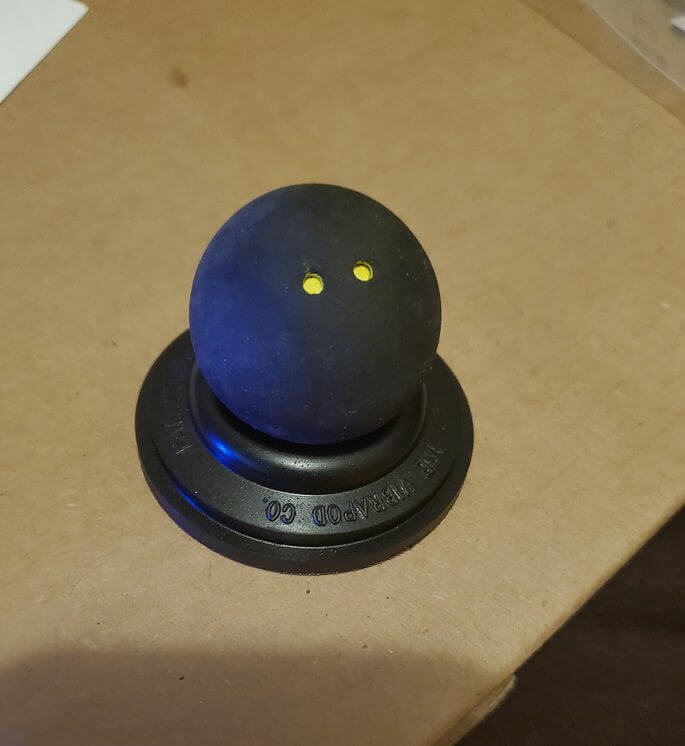
Vibrapods Models
- Model 1 – 16 to 24 pounds
- Model 2 – 32 to 64 pounds
- Model 3 – 64 to 96 pounds
- Model 4 – 112 to 144 pounds
- Model 5 – 176 to 224 pounds
The instructions that come along with the Vibrapods come with many helpful hints for better performance as well as optimal placement—a worthy read for sure. Make sure you order the right model for the amount of weight you intend to put on top of the pods.
Squash Balls
Squash balls come in four different levels of bounciness (is that a word, Idk). I have only experimented with the double yellow dot, which has the lowest bounce rate, compared to the other three, which are a single yellow dot, red dot, and blue dot. I purchased the Tecnifibre Double Yellow Dot Squash balls four-pack.
A Wall Mounted Shelf
Another possible solution that I never really looked into or used is using a wall-mounted shelf designed specifically to hold a turntable. This, from what I gather, stops vibration better and might be an option for reducing vibrations.
Other Possible Fixes
The TNT SandBlaster – This is a DIY tray that has sand in it to isolate it from the outside world and reduce vibration. Interesting,
Sorbothane Hemispheres – These can be used in place of the Vibrapods and Squash Balls and might be a cheaper avenue. These are half of a sphere that is rubbery and help to control vibration. They come in many different sizes and coatings. I haven’t tried them out yet.
Clean Your Stylus
A dirty stylus really affects how your records sound. I show proof of the best way to clean your stylus that really cleans it. Check out my post here: What Is The Best Way To Clean Stylus?
The Final Groove
The turntable is a very delicate machine that is susceptible to vibration. One thing I have really noticed with high-end turntables and audio racks is that they always have some sort of vibration control or damping. I believe people who don’t have the money to spend on that expensive equipment should also have an affordable method of attaining better sound and playback.
I am by no means an expert on any of this, but I am simply sharing what I have found to work for me. If you have any method that works well for you, I would love to hear it below in the comment section.
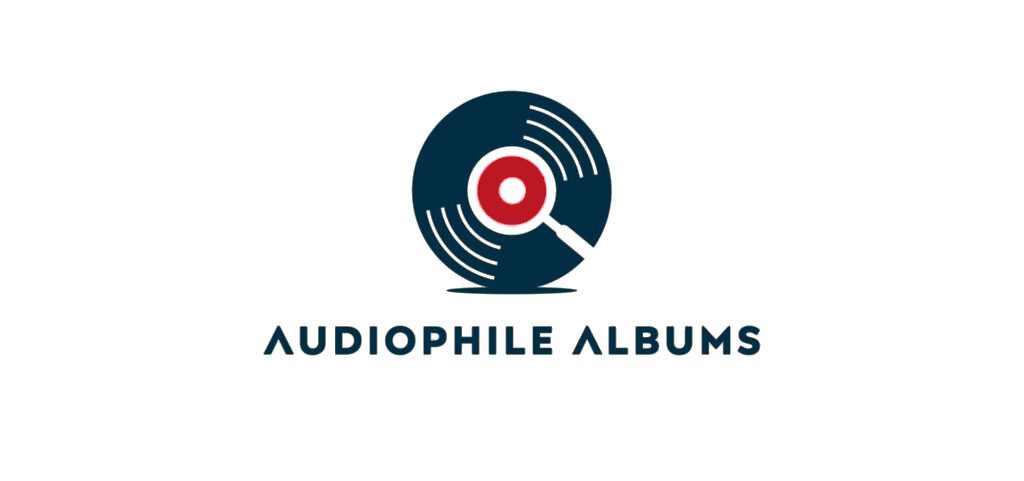





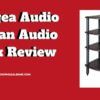
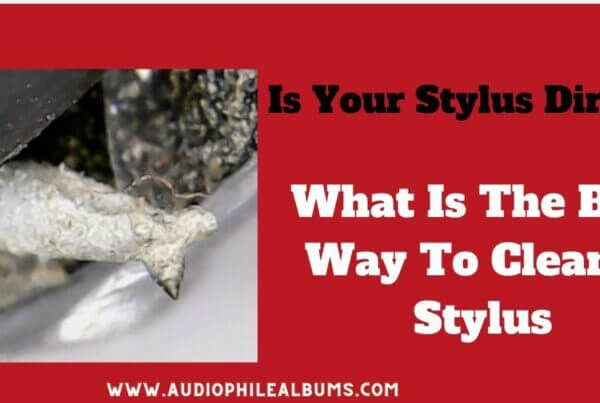

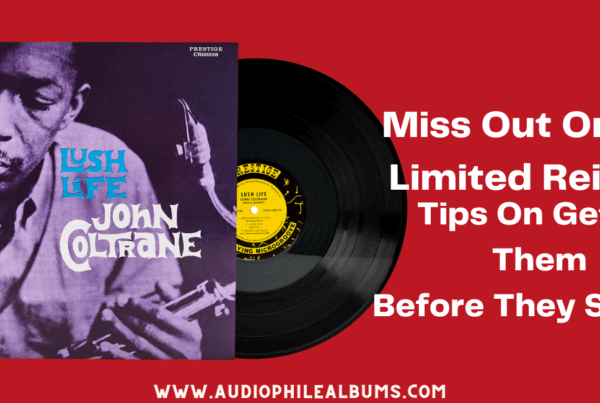
Vibrolux isolation platform for turntables .